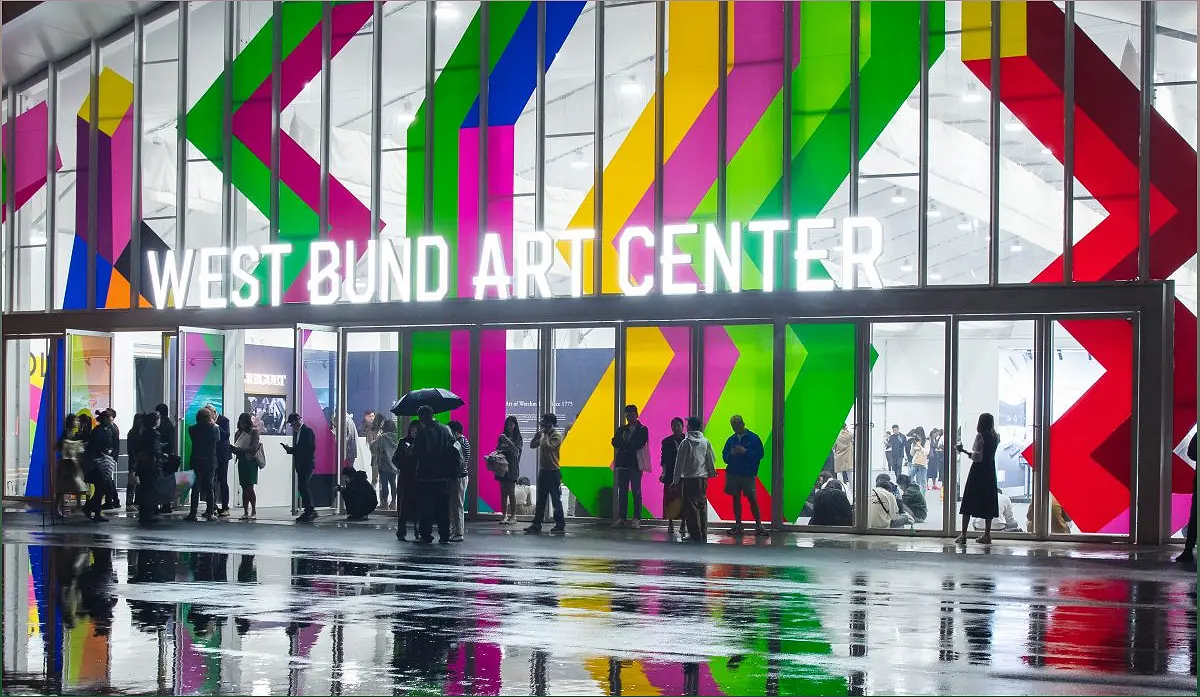Despite facing obstacles such as economic setbacks and stricter government censorship, Shanghai Art Week attracted art enthusiasts from all over. This article delves into the highlights and challenges of the week, exploring the transformations and potential of the Chinese art market.
The Resilience of Shanghai Art Week
Despite facing challenges, Shanghai Art Week continues to attract art enthusiasts
Shanghai Art Week has proven its resilience as it overcame obstacles such as bad weather, economic setbacks, and stricter government censorship. Despite these challenges, the event managed to attract art enthusiasts who were eager to experience over 200 exhibitions organized by local museums and galleries.
Despite the gloomy economic forecasts and the departure of foreign residents and institutions from Shanghai, the art scene in the city remains vibrant. The opening of two major art fairs, West Bund Art & Design and ART021 Shanghai Contemporary Art Fair, provided an opportunity for stakeholders to assess the potential of the market after recent difficulties.
The Evolution of West Bund Art & Design
West Bund Art & Design celebrates its 10th anniversary with its largest-ever edition
West Bund Art & Design has undergone a remarkable transformation since its early closure in 2022. This year, the fair celebrated its 10th anniversary with its largest-ever edition, featuring 185 exhibitors. The growth of the district is reflected in the spread of galleries across four halls, including a new exhibition center designed by Thomas Heatherwick.
While previous years saw many galleries participating in both West Bund Art & Design and ART021, this year saw a shift. Only 23 galleries straddled both events, and an increasing number of them were Chinese dealers. The fair showcased a conservative trend in the artworks on display, with a focus on paintings rather than installations, sculptures, or video works.
The Challenges and Successes of Art Sales
Mixed reactions to art sales at the fairs
Art sales at West Bund Art & Design and ART021 Shanghai Contemporary Art Fair received mixed reactions. While some galleries reported important sales, others struggled to sell works by unfamiliar emerging artists. Perrotin's booth featuring paintings by Nikki Maloof sold out on the first VIP day, while Hauser and Wirth sold four paintings by Gary Simmons and Gladstone sold three sculptures by Ugo Rondinone. Lehmann Maupin and Pace Gallery also reported decent sales.
However, the conservative nature of the fair was noted by some critics, with a lack of installations, sculptures, and video works. Prices ranged from $100,000 to $300,000 in Hall A, with some high-value pieces priced higher. In Hall B, prices were more affordable, ranging from $10,000 to $30,000. Despite the lower prices, success was not guaranteed, highlighting the challenges faced by galleries in a competitive market.
The Return of Foreign Faces
Overseas collectors and art figures make a comeback
After three years of limited travel, Shanghai Art Week saw the return of foreign faces among the fair crowds. Overseas collectors and art figures were seen mingling with local attendees, indicating a renewed interest in the Chinese art market. This presence of international participants adds a dynamic element to the art scene and reflects the global appeal of Shanghai as an art destination.
However, some critics noted the conservative nature of the fair, with a lack of diversity in terms of artworks and pricing strategies. The future of West Bund and the Chinese art market remains uncertain, but many longtime observers and participants believe that the transformations within Chinese galleries are significant and that the depth of the Chinese market requires further cultivation and development.

